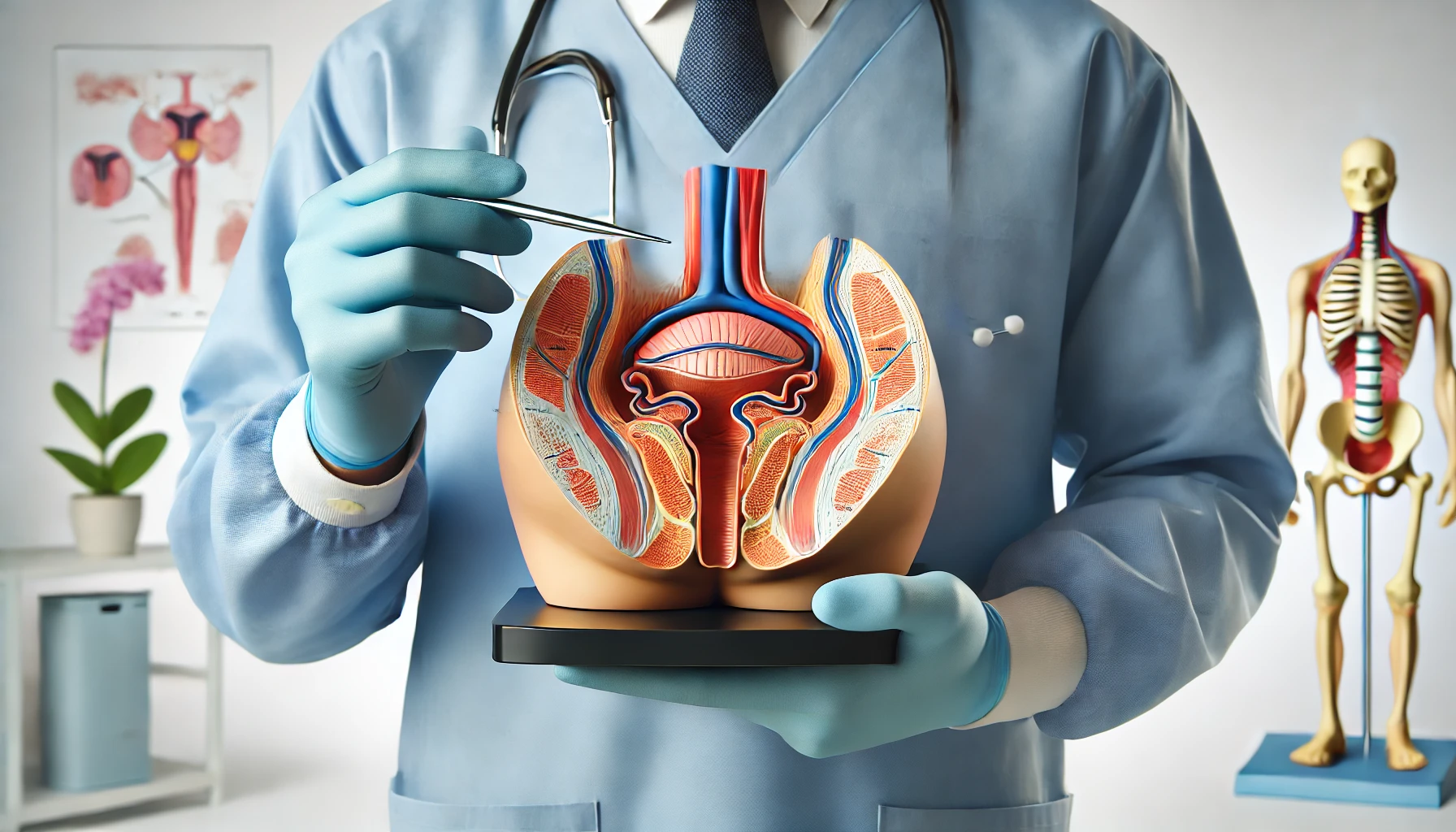This post was written with Consensus AI Academic Search Engine – please read our Disclaimer at the end of this article. Anal abscesses are a common acute proctological condition characterized by the accumulation of pus in the tissue surrounding the anus and rectum. This condition can lead to significant discomfort and complications if not properly managed. Understanding the symptoms and causes of anal abscesses is crucial for timely diagnosis and effective treatment.
Symptoms of Anal Abscess
The symptoms of an anal abscess can vary depending on the severity and location of the abscess. Common symptoms include:
- Pain and Swelling: Patients often experience severe pain in the anal region, which can be exacerbated by sitting or bowel movements. Swelling and redness around the anus are also common1.
- Fever and Malaise: In some cases, patients may develop a fever and feel generally unwell, indicating a systemic response to the infection2.
- Discharge: There may be a discharge of pus from the abscess, which can provide temporary relief from pain but also indicates the presence of an infection1.
- Tenderness: The area around the abscess is usually tender to the touch, and patients may find it difficult to sit comfortably2.
Causes of Anal Abscess
Anal abscesses are primarily caused by infections in the anal glands. The infection can be triggered by various factors, including:
- Blocked Anal Glands: The most common cause of an anal abscess is the blockage of the anal glands, which leads to the accumulation of bacteria and subsequent infection1.
- Gastrointestinal Conditions: Conditions such as Crohn’s disease and ulcerative colitis can increase the risk of developing anal abscesses due to chronic inflammation and infection in the gastrointestinal tract2.
- Trauma: Physical trauma to the anal region, including surgical procedures or injuries, can introduce bacteria and lead to the formation of an abscess1.
- Immune Compromise: Individuals with weakened immune systems, such as those with diabetes or HIV, are more susceptible to infections, including anal abscesses2.
Conclusion
Anal abscesses are a painful and potentially serious condition that requires prompt medical attention. Recognizing the symptoms and understanding the underlying causes can aid in early diagnosis and effective treatment. While drainage is a common treatment, the decision to perform additional procedures such as fistulotomy depends on the specific characteristics of the abscess and the presence of fistulas1 2. Proper management and follow-up are essential to prevent complications and ensure patient recovery.
Disclaimer
The content presented in this blog is generated by Consensus, an AI-powered academic search engine, and is based on publicly available scientific literature. While every effort is made to provide accurate, up-to-date, and well-researched information, the content is intended for informational and educational purposes only. It does not constitute medical advice, diagnosis, or treatment. Always consult a qualified healthcare professional before making any decisions regarding medical conditions, treatments, or medications. The AI system’s analysis may not cover all perspectives, emerging research, or individual cases, and it is not a substitute for professional expertise. Neither the blog publisher nor the developers of the AI-powered search engine are responsible for any actions taken based on the information provided in this content. Use of this information is at your own risk. Citations to the original scientific studies are included for reference, but these studies should be reviewed in full and interpreted with the guidance of a healthcare or research professional.
If you are experiencing a medical emergency, please seek immediate attention from a healthcare provider.
